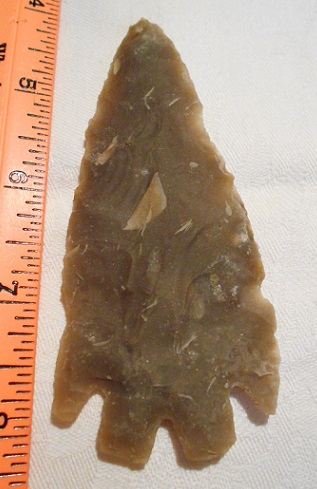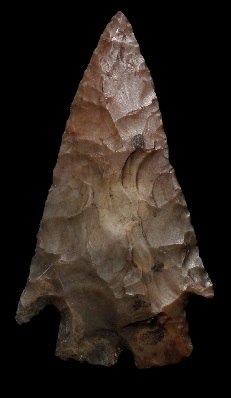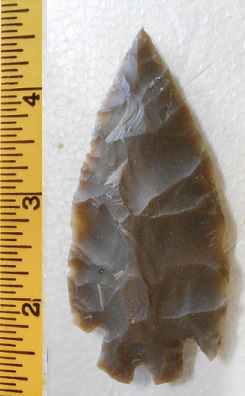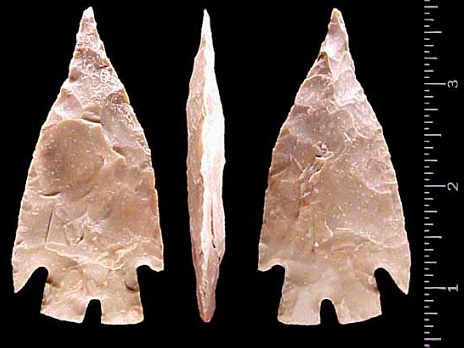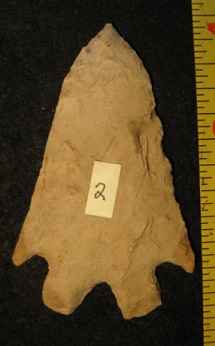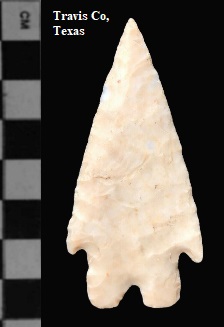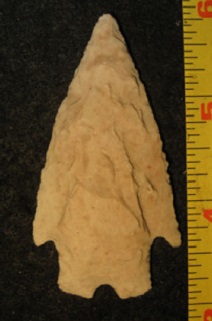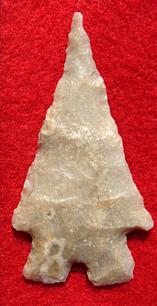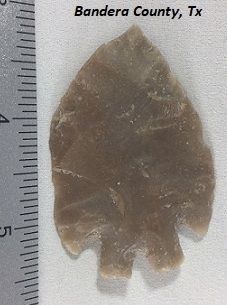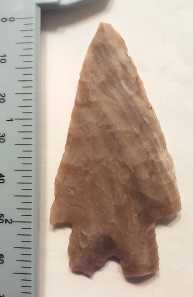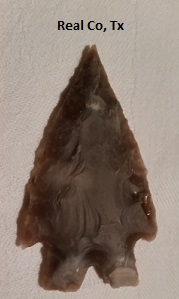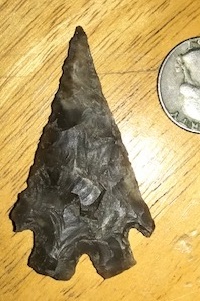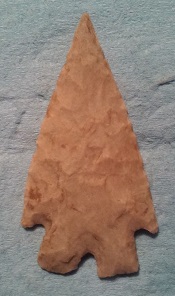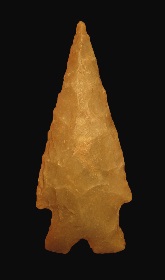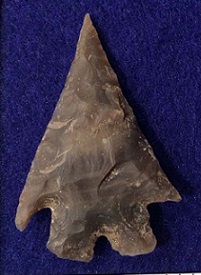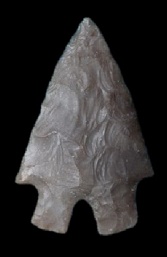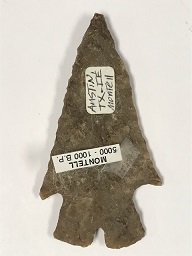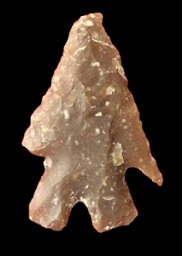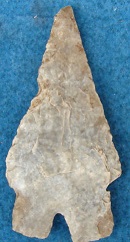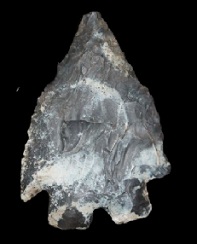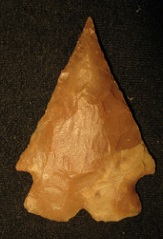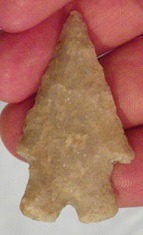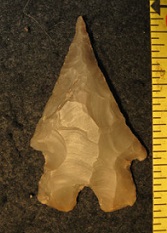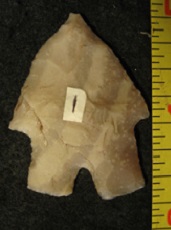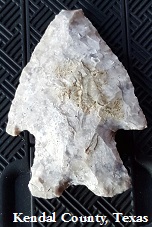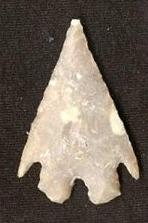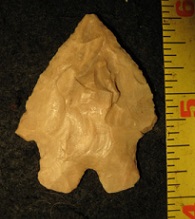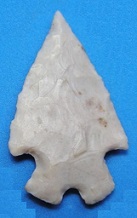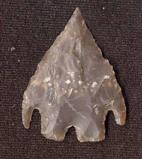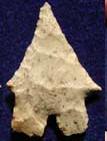Outline is Representative of Size and Shape:

Name Details:
Identified By: J. Charles Kelley further described by Suhm and Krieger
Named For:
Date Identified: 1947 / 1954
Type Site:
Identified By: J. Charles Kelley further described by Suhm and Krieger
Named For:
Date Identified: 1947 / 1954
Type Site:
Point Validity:
Valid type
Kelley was a distinguished anthropologist who served as Curator of the Archaeological Museum at the University of Texas-Austin and was instrumental in setting up the Department of Anthropology at the University of Texas-Austin. He specialized in the archaeology of western Texas. This type was named in a professional publication and has many professional references. This is considered a valid type.
Kelley was a distinguished anthropologist who served as Curator of the Archaeological Museum at the University of Texas-Austin and was instrumental in setting up the Department of Anthropology at the University of Texas-Austin. He specialized in the archaeology of western Texas. This type was named in a professional publication and has many professional references. This is considered a valid type.
Montell Split Stem
AKA:
Delia Notch BaseCluster:
Description of Physical Characteristics and Flaking Pattern:
This is a medium to large bifurcated point with a flattened cross section. The blade is primarily excurvate, but may vary from straight to recurvate on re-sharpened examples. Serrations may be present on the blade as well as unifacial beveling. The shoulders are primarily barbed, but may vary to horizontal. The stem may range from straight to expanding. The base has a center notch which is long and narrow. This notch forms basal ears which are “squarish”. This point has a random flaking pattern and commonly has a high quality of workmanship.
Size Measurements:
Total Length - 40 to 100 mm (60 to 70 mm average), Stem Length - 10 to 20 mm (typically 1/10 to 1/4 of total length), Width at shoulders - 30 to 50 mm, Neck Width - 18 to 28 mm, Width of Stem - 20 to 30 mm (Suhm and Krieger, 1952)
Total Length - 40 to 100 mm (60 to 70 mm average), Stem Length - 10 to 20 mm (typically 1/10 to 1/4 of total length), Width at shoulders - 30 to 50 mm, Neck Width - 18 to 28 mm, Width of Stem - 20 to 30 mm (Suhm and Krieger, 1952)
Commonly Utilized Material:
Additional Comments:
This point was originally called the Delia Notch Base by F. Bryan (1936) for examples recovered from Delia, Limestone County, Texas. The point was re-named the Montell Split Stem by J. C. Kelley in 1947. The point was described in greater detail and the name was shortened to Montell by Ann Dee Suhm, Alex D. Krieger, and Edwards B. Jelks in 1954.
This point was originally called the Delia Notch Base by F. Bryan (1936) for examples recovered from Delia, Limestone County, Texas. The point was re-named the Montell Split Stem by J. C. Kelley in 1947. The point was described in greater detail and the name was shortened to Montell by Ann Dee Suhm, Alex D. Krieger, and Edwards B. Jelks in 1954.
Distribution: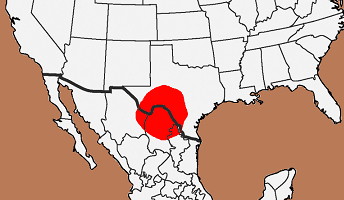

Distribution Comments:
This point is primarily found through out the Edwards Plateau and into Big Bend region and the mid Rio Grande River valley of Texas and northern Coahuila.
This point is primarily found through out the Edwards Plateau and into Big Bend region and the mid Rio Grande River valley of Texas and northern Coahuila.
Age / Periods:
Date: 3,000 - 1,000 B.P.
Cultural Period: Late to Transitional Archaic
Glacial Period: Neoglacial to Modern Times
Culture:
Date: 3,000 - 1,000 B.P.
Cultural Period: Late to Transitional Archaic
Glacial Period: Neoglacial to Modern Times
Culture:
Age Details:
This point is part of the Uvalde Focus and Edwards Plateau Focus, but not been established in any other complexes.
This point is part of the Uvalde Focus and Edwards Plateau Focus, but not been established in any other complexes.
Other points in this cluster / Related / Associated Points:

